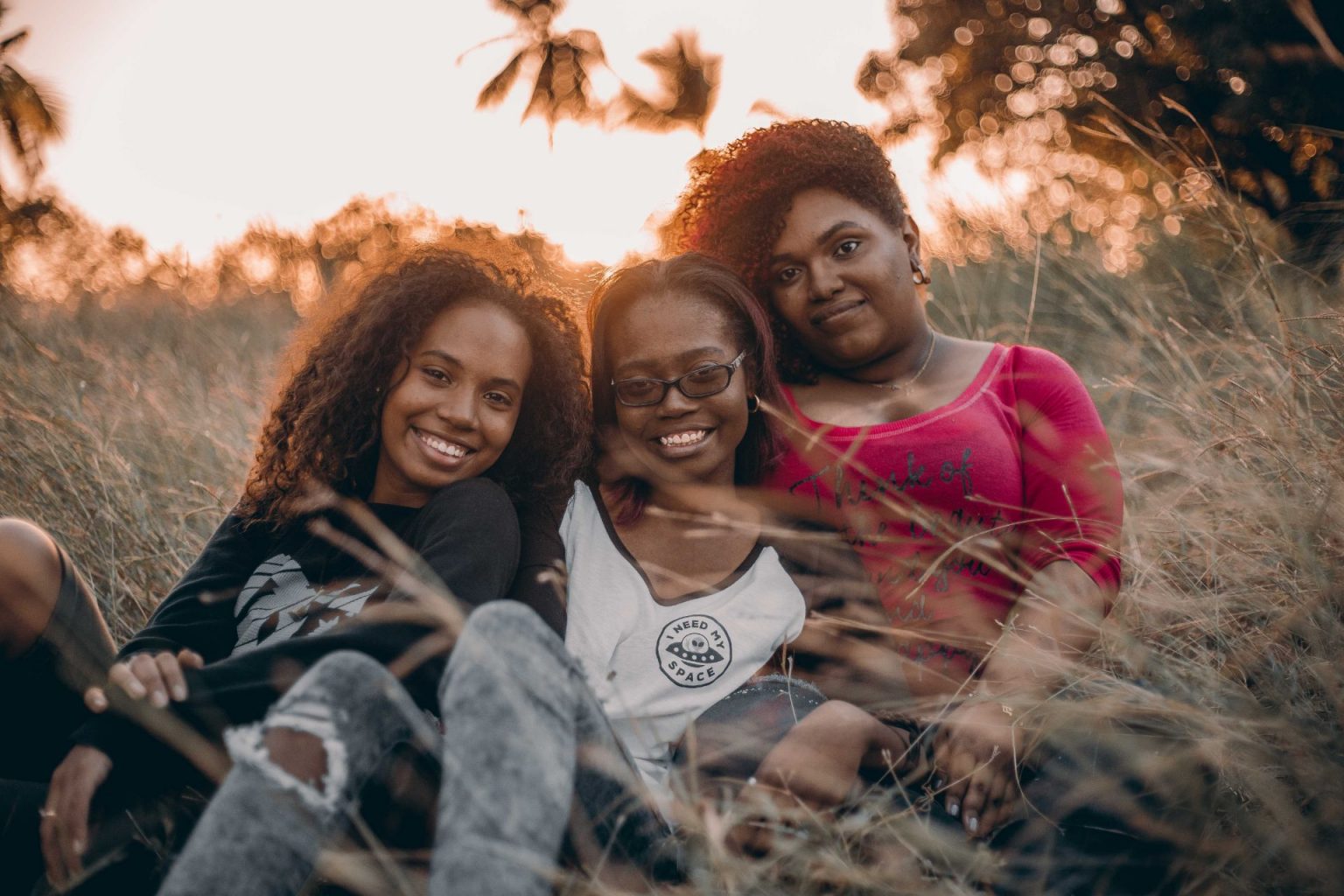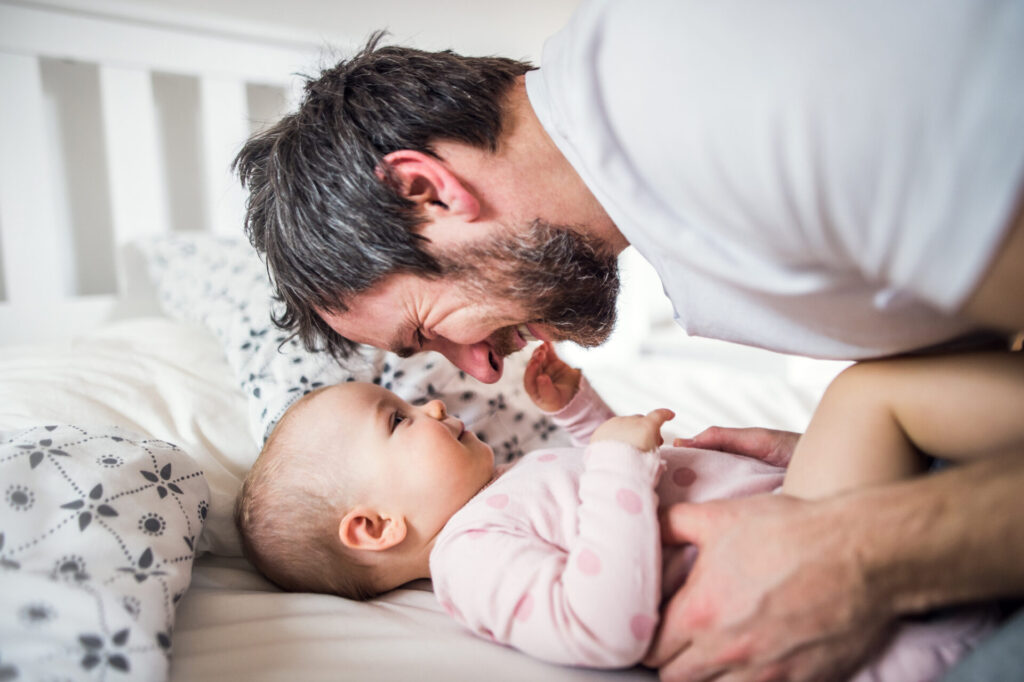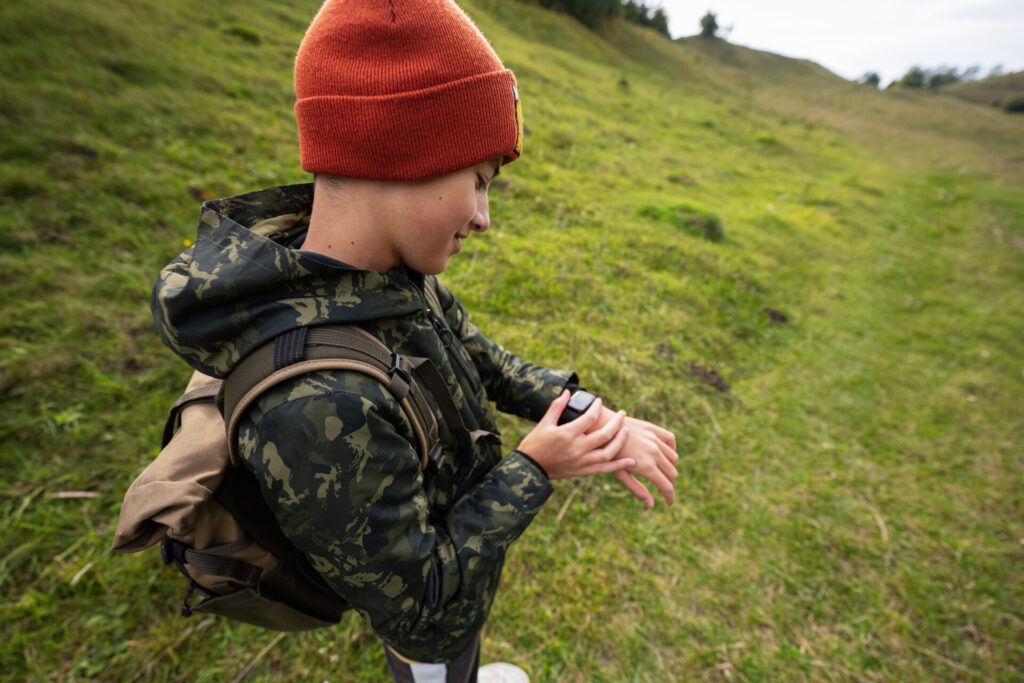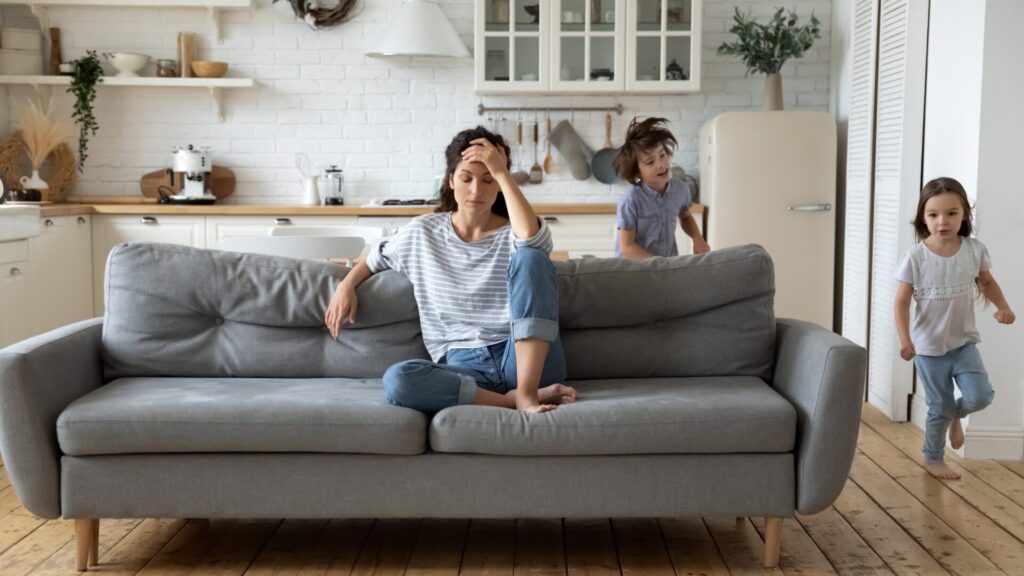 “I want to go by myself!” A few years ago my son, now 12, started begging us to let him walk the four short residential blocks to school on his own. Having both grown up in the ’70s, my husband and I spent our respective Canadian childhoods freely whizzing around town on our bikes, and marching off to school with friends and siblings. So we felt Zach’s request was entirely reasonable – especially given the throngs of other parents and kids travelling the route to school each morning.
“I want to go by myself!” A few years ago my son, now 12, started begging us to let him walk the four short residential blocks to school on his own. Having both grown up in the ’70s, my husband and I spent our respective Canadian childhoods freely whizzing around town on our bikes, and marching off to school with friends and siblings. So we felt Zach’s request was entirely reasonable – especially given the throngs of other parents and kids travelling the route to school each morning.
Still we gulped. Did we fear catastrophe or doubt our son’s readiness? No. Honestly, we worried more about negative blowback from other parents. Most of Zach’s peers weren’t there yet. How much of a problem was that going to be in our ‘hood?
Where societal norms around child safety used to be straight-forward (“Walk to school with all the other kids”), today, parents’ views range widely. We don’t all agree about what’s best for kids, what our kids are capable of, or even what constitutes a genuine threat. Added to that, when making decisions around traditional milestones like the walk to school, parents have a new fear: that someone might disapprove and call in the authorities.
New York-based Lenore Skenazy, founder of the Free Range Kids movement and an in-demand public speaker, says parents aren’t out of line in fearing public shaming. “I can’t tell you how many moms write to me saying they were screamed at in a parking lot because they left their child in the car while they walked away to return the shopping cart.” Lenore says the surge in such incidents flows from two cultural shifts: well-meaning campaigns exhorting the public to report parental neglect – plus ubiquitous technology. “Everybody has a cellphone they can pick up and dial 911.” The problem, according to Lenore, is too many people are confused over what constitutes criminal behaviour.
In Maryland, self-proclaimed “free-range” parents Danielle and Alexander Meitiv were twice investigated, not to mention thrust into the media spotlight, after letting their kids, aged 10 and 6, walk home from school together. While the Meitivs were cleared last year in both cases, they’re now suing local county officials and police, and Danielle is writing a book about the experience.
Meanwhile in Canada, 11-year-old Tadhg Dunlop was detained last year at a Calgary Lego Store by mall security for shopping solo. Tadhg’s father Doug Dunlop told Global News that store management and security called him a “bad parent” and told him children under age 12 weren’t allowed to shop alone due to “safety concerns”. A bewildered Doug told the TV reporter: “The idea that he could be detained in the Lego store…didn’t even cross my mind. What could be more banal than a kid buying Lego?”
In Toronto, Nancy Botelho, a mother of two and neighbour of mine, found herself the target of an unknown accuser back when her now-teenage daughter was in kindergarten. On a cold winter’s day, Nancy says she left younger daughter, Bridget, strapped in her car seat in front of the school and walked her eldest about 20 feet to the school gate. “No chatting, just a quick drop while keeping an eye on my car.” Nancy had barely returned home when she heard a knock at the door: “It was the police!” Apparently someone had noted her license plate and called 911 to report an abandoned child. While Nancy says police were sympathetic and didn’t lay charges, she was nevertheless “shaken to the core”.
Given all the confusion over legalities of when we can start loosening the apron strings, I wanted expert advice. How much freedom can parents give their kids today without running afoul of the law? Here’s what I learned:
The Law is Purposely Vague
Laurence Klass, a family law associate with Vancouver law firm Watson Goepel LLP, says that while government clearly imposes age limits on many aspects of child safety, from car seats to alcohol use, there’s more room for parental discretion around milestones like staying home alone. Rob Thompson, director of communications at the Children’s Aid Society of Toronto confirms, “The law is purposefully vague and varies from province to province. Parents know their child best. One 12-year-old may be fine to leave alone as a parent runs out to the store; another may not.”
However, despite the shades of grey, parents can infer some general legal guidelines. In Ontario the Child and Family Services Act states that if a child younger than 10 is left at home unsupervised, the onus of establishing that reasonable provisions for supervision and care were made rests with parents or guardians. Other provinces use 12 as a guideline.
Under the Criminal Code of Canada, if a child under 10 is left alone and his or her life or health is endangered, child abandonment charges can be laid. In a notable case last year, a Winnipeg mother was charged with child abandonment after leaving her six-year-old son home alone for 90 minutes while she ran errands. While the judge ruled her actions a “mistake” and “unacceptable”, the mother was found not guilty of criminal charges.
Don Marentette, national manager of first aid programs with the Canadian Red Cross, agrees that age 10 or 11 is a kind of societal norm, where more freedoms accrue. “But it really relies heavily on the parents and the child to see where they are.”
Home Alone courses designed by the Canada Safety Council and Kid Proof organizations are both recommended for kids 10 and up. And it’s worth noting the minimum age requirement to take the Red Cross Babysitting Course is 11.
Do Your Due Diligence
Because the law leaves room for interpretation, the onus is on parents to demonstrate adequate protection for their child. How? Laurence advises thought and planning: “First, is the child comfortable being on their own? And if they are comfortable, ensuring that in the event something took place…is there a neighbour close by, that your child has phone numbers of people who they can call. If there’s an accident is there a first aid kit? It’s putting things in place that not only protect the child but also reassure the child.”
At the Red Cross, Don says: “It’s really having that conversation with your child and determining how they define safety.” He also advises establishing a communications loop with kids. “Maybe there’s a plan to connect every half hour, maybe it’s a text that the child sends or receives.” And formal training is key. The Red Cross and many other organizations in Canada offer detailed training programs for kids around safety, first aid and babysitting. And because so many kids have smart phones, Don says the Red Cross offers a free first aid app and is developing home alone and babysitting apps for kids, too. (See sidebar below for a list of resources.)
Experts emphasize this is a process – you don’t just up and leave a child alone one day for hours or suddenly tell them they’re walking solo to school. “Rehearsing with the child is very important,” adds Don. Start small and review frequently.
Still unsure? Klass says parents can ask a qualified authority: “Sometimes people are working with family counsellors or other child care professionals. Perhaps something can be run by them, or again even making inquiries of the public body responsible for children.”
So that takes care of letting a child stay home alone. But what about letting your child roam in the neighbourhood? Walk home from school? Walk to the park? When can you do that without getting narked on?
The legal minimum age when children can be unsupervised varies by province, but the specific risk level of the situation and the child’s maturity level are also determining factors.
In short, it’s up to parents’ discretion. In our family, we ended up allowing our son to walk to school on his own. It went well and I’m sure our strategizing and trial runs helped. While we didn’t get big blowback from other parents, we definitely saw the general societal confusion manifest right away. For example, much to Zach’s frustration, his proud solo strolls were frequently interrupted by moms and dads who offered, “Hey, you can walk with us!” Even more unsettling, some parents slowed down in their cars and offered Zach rides to school. We had to promptly discuss how to handle such offers.
One of the Safest Times in History
Ironically, our furor around these issues belies how many safety strides society has taken. I wrote much of this article on a Saturday. And as I worked, Zach’s free time between hockey games was dotted with small adventures – walking a dog with a friend, meeting other buddies to shoot hoops in the schoolyard and coming home at 3 p.m. as requested. Throughout, our son has proven responsible, considerate and dependable. Not to mention, loosening our grip a bit seems to make life a bit more quirky and fun.
As a parent who’s struggled over these issues – I have to underline – I still have fears about my son going out into that great big world. I’m not romanticizing my ’70s childhood, and am truly glad for innovations like seatbelts and bicycle helmets. Yet, I guess for me, greater dangers lie in protecting my son too much. As Lenore says, “Being with them practically all the time, acting as chaperones and chauffeurs, almost having them outsource their childhood to us – it’s not doing kids any favours.” For one thing, she notes rising rates of childhood ‘diabesity’ and depression. But with so many modern-day advances – vaccines, clean water, historically low crime rates – she adds: “It is foolish to act as if it’s World War III out there when in fact we’re living in one of the safest times in human history. It’s not just foolish. It’s ungrateful.”
Finally, this. A while back, Zach and two friends shuffled over to this hipster coffee shop near our house. The way I heard it, the boys first argued over the baked goods on the shelf then joked over hot chocolate. Talking with the owner later, I was surprised at his wistfulness over their visit, whiny and silly and crumbly as I’m sure it was. “But you know,” he said to me thoughtfully, “You just don’t see that any more, kids that age, doing that. Having that kind of freedom.” He paused ever so briefly, then laughed out loud. “It was great!”
Safety Resources
Red Cross, or check out their first aid app available at the same site.
St. John’s Ambulance
Child Safe Canada
The Babysitters Course
Canada Safety Council Home Alone Program
Child Welfare Organizations
Child Welfare League of Canada or you can also find provincial child welfare organization websites through this address.
Canadian Child Welfare Research Portal
Other Links
Free Range Kids
ParticipACTION
Connie Jeske Crane is a Toronto-based freelance writer and mother of a tween-aged son. She writes about parenting, sport tourism and feminism.
Originally published in ParentsCanada magazine, Nov/Dec 2016.















